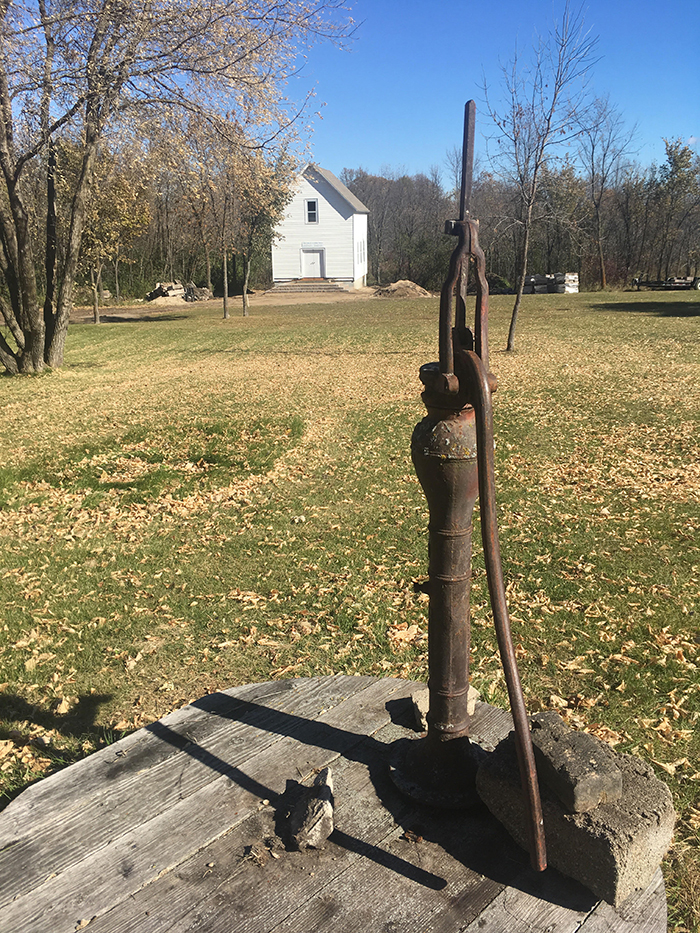Otter Tail County history always enjoyable topic
News | Published on April 29, 2025 at 3:40pm GMT+0000 | Author: Tucker Henderson
0
The Old Clitherall site, on the north side of Clitherall Lake and just off State Highway 210, is a short distance west of what later became the present-day Clitherall. In the distance at Old Clitherall is the Church of Jesus Christ of Latter-Day Saints. This is the second church constructed, replacing the original log church.
By Tom Hintgen
Otter Tail County Correspondent
Residents of Otter Tail County know that the county has a rich history. Now and then it is good to pause and reflect on the county history and express appreciation for early settlers in the 1800s.
The first group of non-Native American settlers, Cutlerites, came to Clitherall Lake in the spring of 1865 to become permanent settlers. About 35 men, women and children made the trip from Manti, Iowa, on May 6. A second group arrived on July 31.
The Clitherall settlement took place seven years after Minnesota became a state, in 1858, and three years prior to Otter Tail County becoming established, in 1868, following a state legislative act.
The first county board meeting was held in Old Clitherall on Sept. 12, 1868. Marcus Shaw and Chancey Whiting were the first county commissioners.
Whiting led the Cutlerites move from Iowa to Old Clitherall, east of Battle Lake, where they established their settlement in May 1865. He and other church leaders met with local Native American chiefs and made a private treaty to preserve peace.
The township of Clitherall took its name from the lake of that name, and the lake took its name from Major George B. Clitherall. He was an employee of the United States land office at Ottertail City from 1858 to 1861.
The second permanent settlement in the county was established in 1866 in Otto and Rush Lake townships, north of Ottertail city and south of Perham. The third permanent settlement took place in 1871, in what’s Western Township, west of Dalton in the extreme southwestern section of Otter Tail County.
By the late 1800s wheat was the king of crops and in such demand that nearly 1,000 mills were operating throughout the state. Otter Tail County was considered a prime location for the construction of mills. One of them was Phelps Mill.

